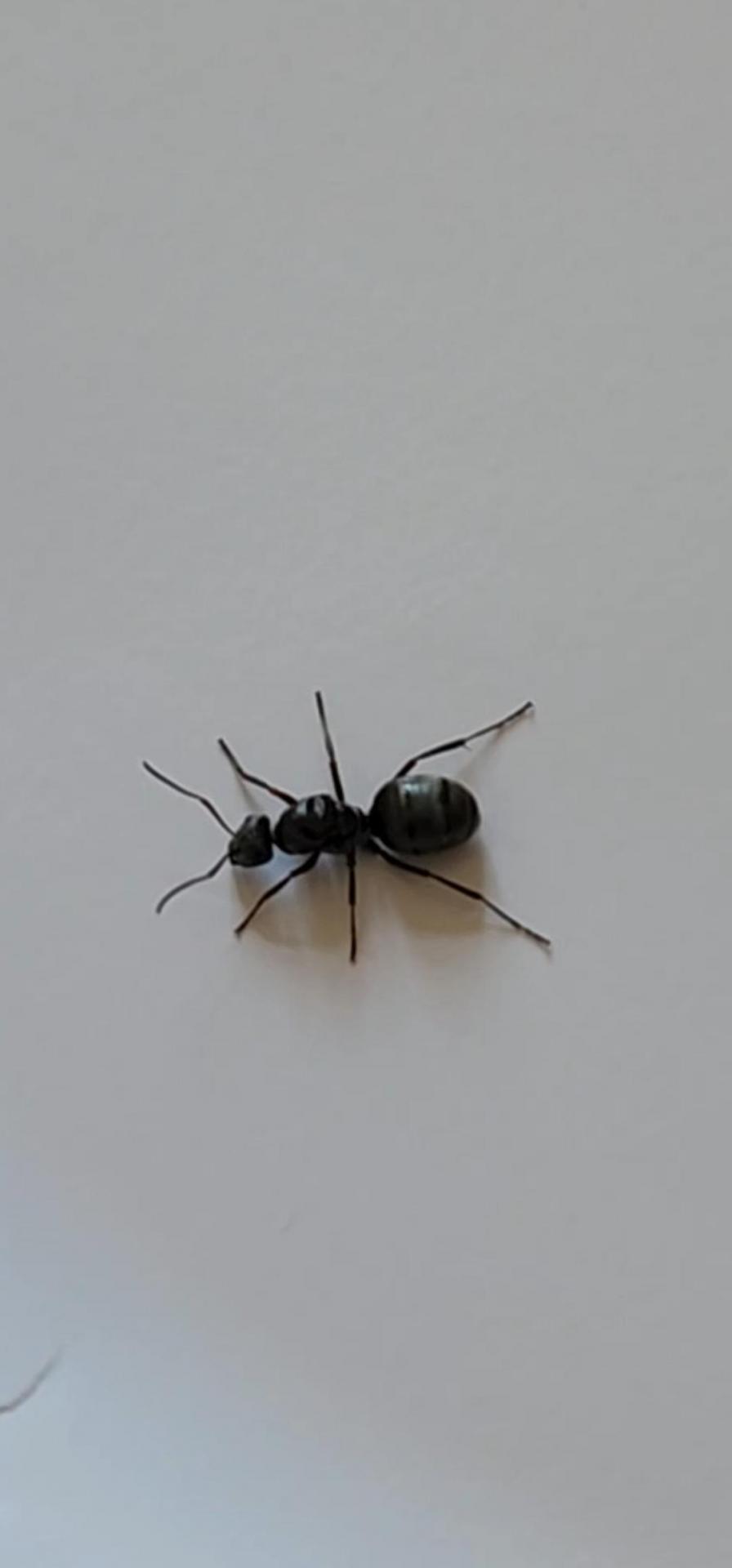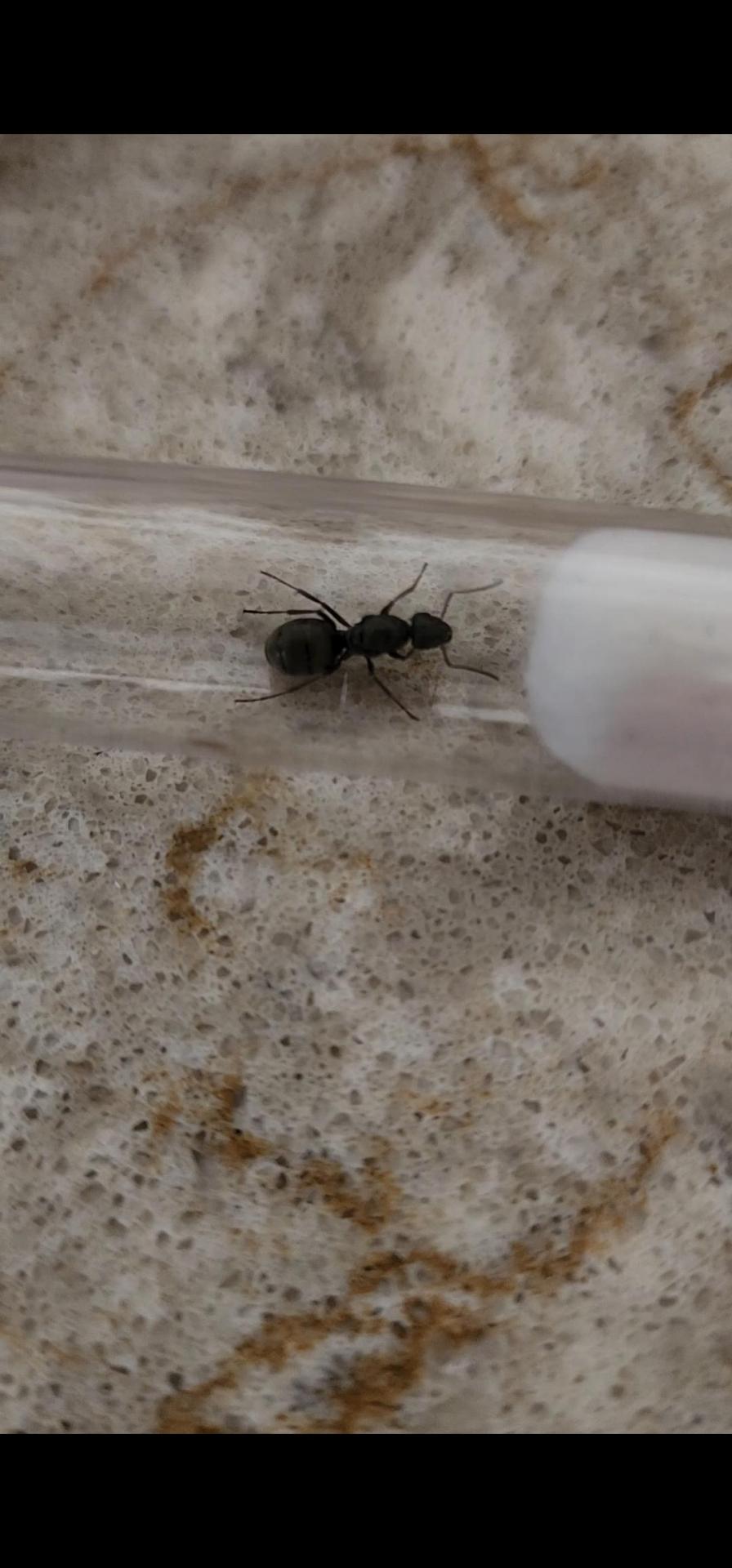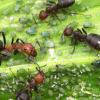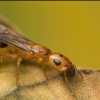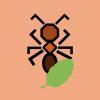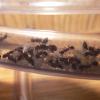Hey Everyone,
Nice warm day here in WI after a rain overnight and this morning. Went out looking under rocks/logs and came across this queen under a small rock. Looked to be a very new colony only saw 6 workers or so and the queen was right on the surface underneath the small rock. I was able to quickly grab the queen but the few works i saw scattered and wasn't able to get any. Wondering if that's ok to start her in a test tube setup or if you can only do that with newly mated queens? She is all black, about 10 maybe 11mm in length. I found her today 4/23/25 and the rock was located in the woods in my backyard.
Thank you for the help!




